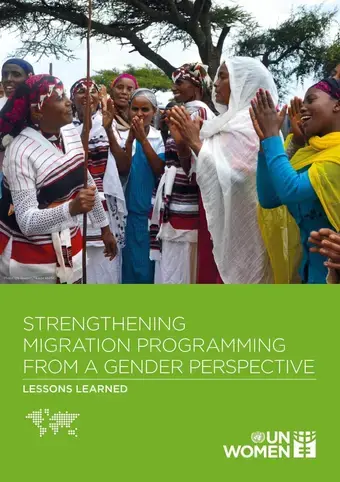SDG 10 – Reduced inequalities
Only 1 per cent of countries have quotas for women with disabilities in local deliberative bodies.
Income and social inequalities, reflecting and exacerbating stigma and discriminatory practices, disproportionately affect men and women with disabilities. Yet women and girls experience a double burden, confronting both gender and disability-based discrimination. For instance, in 14 countries or territories in Asia and the Pacific, women with disabilities hold only 6 per cent of positions in national coordination mechanisms on disability compared to 15 per cent occupied by men with disabilities. Women and girls with disabilities face challenges in reproductive health. Among those aged 15–49 who do not wish to become pregnant, only 46 per cent have their need for family planning met through modern contraception, compared to 77.6 per cent of all women aged 15-49. Women with disabilities are less than half as likely to use the Internet than women overall (26 and 65 per cent, respectively). They are not prioritized for representation in local deliberative bodies – only 1 per cent of countries have quotas for women with disabilities in local government.
Just 46%
of women and girls with disabilities have their family planning needs met compared to 77.6% of women who do not have any disability.
Targeted policies and investments must address intersecting inequalities faced by women with disabilities across sectors and the life cycle. Essential measures include developing legislation to protect their rights, raising public awareness, guaranteeing their right to vote, ensuring access to health services and making public spaces accessible. In Tajikistan, for instance, during COVID-19, the National Association of Persons with Disabilities collaborated with the Ministry of Health to build rooms in local reproductive health centres that were accessible to women with disabilities. UN Women’s unique Women with Disabilities Stigma Survey, piloted in Moldova, Pakistan, Samoa and the State of Palestine, helps countries develop policy advocacy to reduce stigma and violence against women with disabilities, based on their perspectives and first-hand experiences.
















